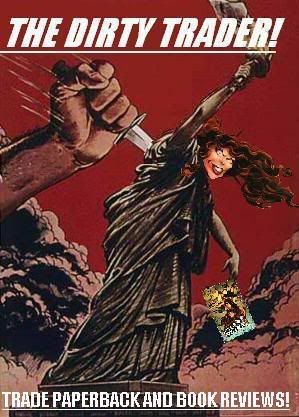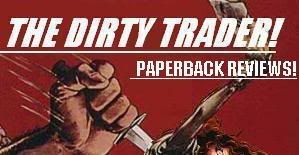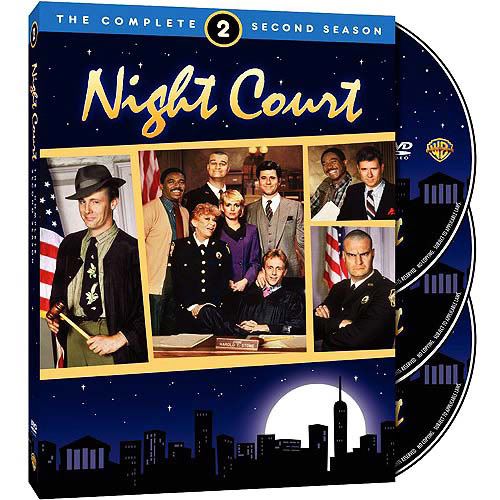
I'm glad I wasn't running this blog back in 2006. Usually when I write a review here, I'm simply confirming that an earlier opinion was correct. Typically, the stuff I liked either holds or is slightly diminished, and the stuff I disliked is given a bit of a break or becomes even more tiresome. It's uncommon that I find myself needing to realy reconsider that first impression, but such was the case with Ross Campbell's The Abandoned. Initially, I found it to be a meandering hipster take on a zombie flick with forced alternative leanings. All of the major male characters are gay, and most of the females are lesbians, with no shortage of piercings and alterna-cool affectations. When most of the story was spent listening to these folks yammering on until a swift, catastrophic turn in the final act brings the story down, I was really put off. Studies have shown that audiences tend to prefer works when they already know the ending, a sentiment I very much do not share, and in this case what I needed to know was the middle. At first blush, I really felt like the book has wasted my time. Going in with a better understanding of the characters and circumstances, I realized this lack of focus was part of the point, and in keeping with traditional morals in the zombie narrative. You basically have a group of characters drawn together because they are outcasts who have survived outside the mainstream. Their unwillingness to abandon others as they had been forsaken gives them strength as a unit, but the rosey tint of the new norm also compromises them.
One area where there was never any issue was the gorgeous artwork of Ross Campbell, who has a gift for distinct faces and body types rarely seen in the industry. These are young, vibrant character, and Campbell finds the physical beauty in all of them, tall, short, petite or robust. The characters also inhabit a true world of screen doors, counter tops, tree branches and debris. The figures have weight, and the landscape has a tactile quality in the minds eye, making for a visually immersive experience. Unfortunately, the characters are not possessed of the same depth, with about 2-3 personalities divvied up between seven primary characters and the supporting players. No one is dumb as rocks, but they're not exactly brain surgeons, so the dialogue can become monotonous in its sameness. It's easy to overlook though, because every panel is a gift to the eye, and there is enough action or sex appeal to coast past.
There are a lot of callbacks to the greatest zombie movie, George A. Romero's Dawn of the Dead. I'm reminded of an old book review I read of the film, where it is noted that an audience member's perception of the ending can probably be divided in terms of the glass being half full or half empty. Where I was at first frustrated by the closing, on second reading I realized the book has the closure it needed, although not necessarily the one some may desire. It's easily worth the price of admission for the art alone, not to mention some strong death sequences, but the unique perspective and themes also make this a worthy addition to the canon of the undead.











